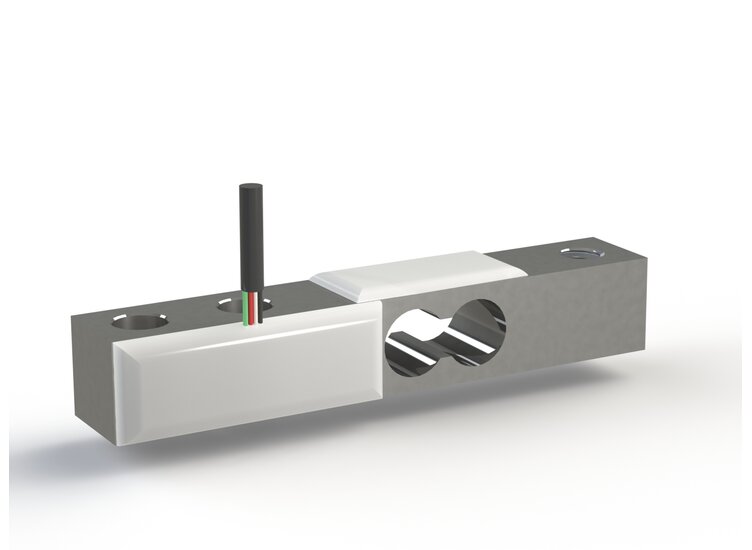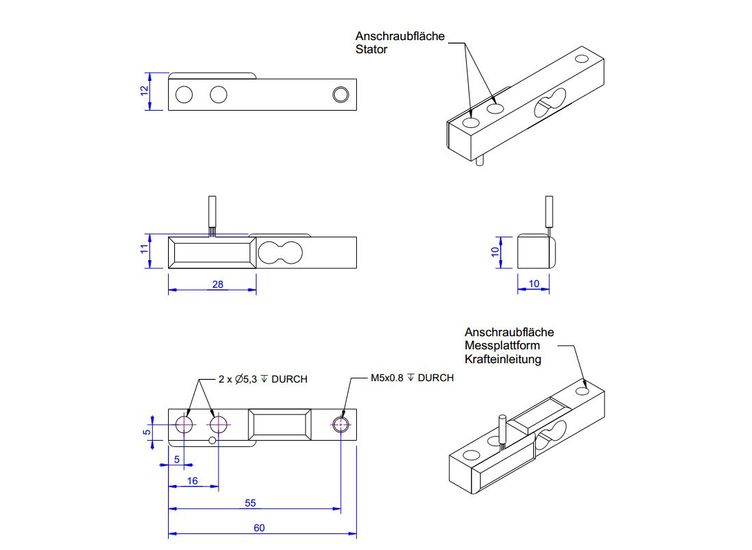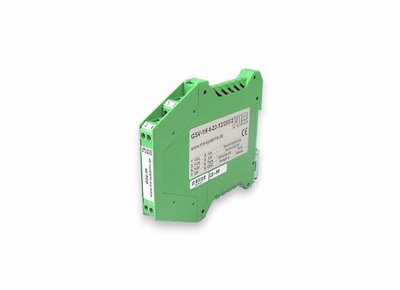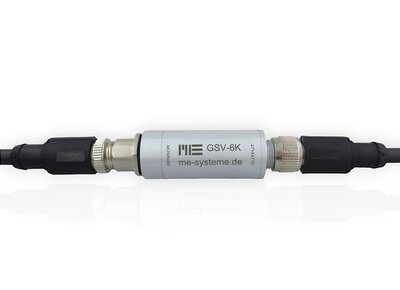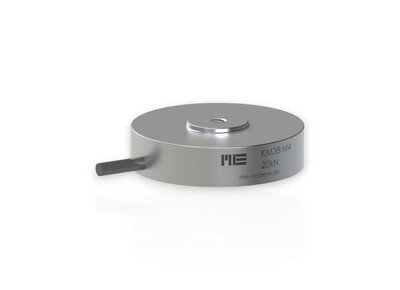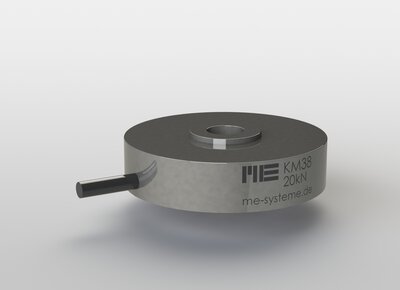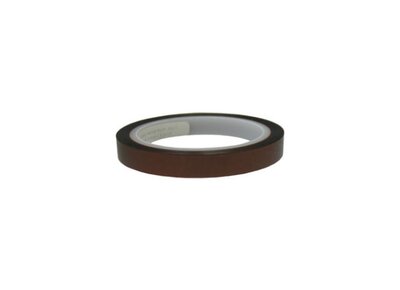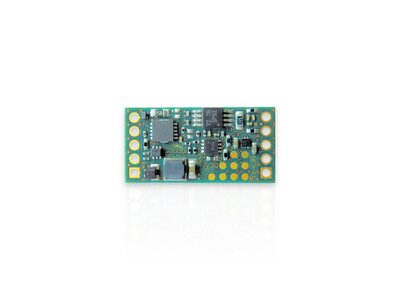The force sensor KD60 has the geometry of a miniature load cell. It is fastened on one
side using the through holes ø5.3. There is a thread M5 for force transmission, which is
displaced parallel under loading. The force sensor tolerates displacements of force
transmission and lateral forces due to its design as a double-beam.
The force sensor KD60 is designed as a multi-range sensor. The accuracy of 0.1% is
already reached at a nominal output of 0.5mV/V. This means that the zero point stability is
4 times higher than in a sensor with nominal output of 2mV/V. The KD60 force sensor can
be used up to an output signal of 2mV/V or up to four times the specified nominal force.
The KD60 sensor is available in aluminum and steel versions. The steel version is optionally designed for a maximum operating temperature of 150°C. The steel version is suitable for test benches with high continuous loads.

